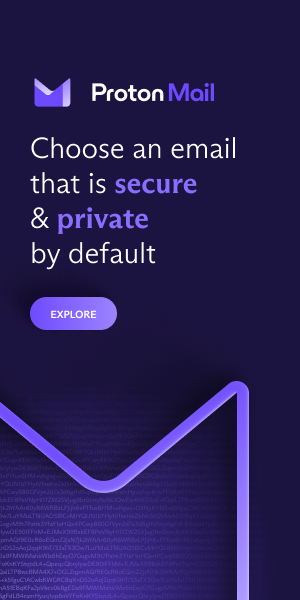Web3, the next evolution of the internet, is rapidly changing how we interact digitally by emphasizing decentralization and user control. Unlike its predecessors, this new phase of the internet aims to empower users with more autonomy over their data and online presence.
Understanding the Shift Towards Decentralization
The evolution from Web 2.0 to Web3 signifies a major transformation in digital interactions. Previously, centralized platforms dominated the digital landscape, controlling data and user experiences. However, Web3 introduces a decentralized model, where blockchain technology plays a crucial role. This shift is not just about technology but also about redefining ownership and privacy on the internet.
Consider a real-world analogy: traditional banking versus cryptocurrencies. In traditional banking, financial institutions control transactions and hold your financial data. In contrast, cryptocurrencies like Bitcoin provide individuals with complete control over their assets without intermediaries. Similarly, Web3 seeks to eliminate intermediaries in various online activities.
Blockchain’s Role in Web3
At the heart of Web3 lies blockchain technology, which ensures transparency and security through distributed ledgers. By storing information across a network of computers, blockchain prevents single-point failures and offers an immutable record of transactions. This approach enhances trust among users as data becomes visible and verifiable.
Renowned publications such as MIT Technology Review have highlighted how blockchain’s potential extends beyond financial applications. In Web3, it could revolutionize industries from supply chain management to digital identity verification by offering more secure and efficient solutions.
The Real-World Impact of Web3
The implications of Web3 are already visible in several sectors. For instance, artists and content creators can benefit from non-fungible tokens (NFTs), which allow them to monetize their work directly without traditional gatekeepers. This democratizes creative industries by providing fair compensation for creators while giving fans authentic ownership of digital assets.
Another notable application is in social media platforms transitioning towards decentralized models where users have more control over their data and interactions. This empowers individuals to decide what information is shared and who has access to it, fostering a new era of privacy-centric online communication.
The Future of Digital Interactions
As we delve deeper into the era of Web3, its foundational principles challenge us to rethink our current digital ecosystems. It presents opportunities for innovation across various industries while pushing for greater transparency and security in online interactions. The transformative potential of Web3 continues to unfold as more organizations explore its capabilities.
In conclusion, Web3 is not just an upgrade but a paradigm shift in how we perceive and engage with the digital realm. As it evolves, it invites users worldwide to participate actively in shaping a more equitable internet landscape.
How do you envision your role in the evolving world of Web3?





